Numerical Modeling of the Mixing of Highly Viscous Polymer Suspensions in Partially Filled Sigma Blade Mixers (2)
3. Results and Discussion
3.1. Calibration
In the experimental setup, an optical thermal probe was placed inside the mixing chamber to measure the temperature of the suspension. The probe logged a surface temperature every 10 s. The initial temperature of the fluid was measured to be 23 °C, and no heat was applied while mixing. The experimental findings and the results of the calibration simulation, CA23, are shown in Figure 4. The experimental measurements show that viscous heating is present and that the temperature increases most rapidly during the first 250 s. The fluctuation around 250 and 500 s is possibly due to the brushed steel occasionally being measured instead of the fluid. The parameters a and b in Table 2 are calibrated in order to make the CFD model predict the same temperature evolution as that seen in the experiment. By doing so, the experimental findings and the numerical results are in very good agreement. The absolute mean error between the two is 1.72 °C. The rheological model obtained by calibration is presented in Figure 5 for the temperatures 23, 50 and 80 °C.
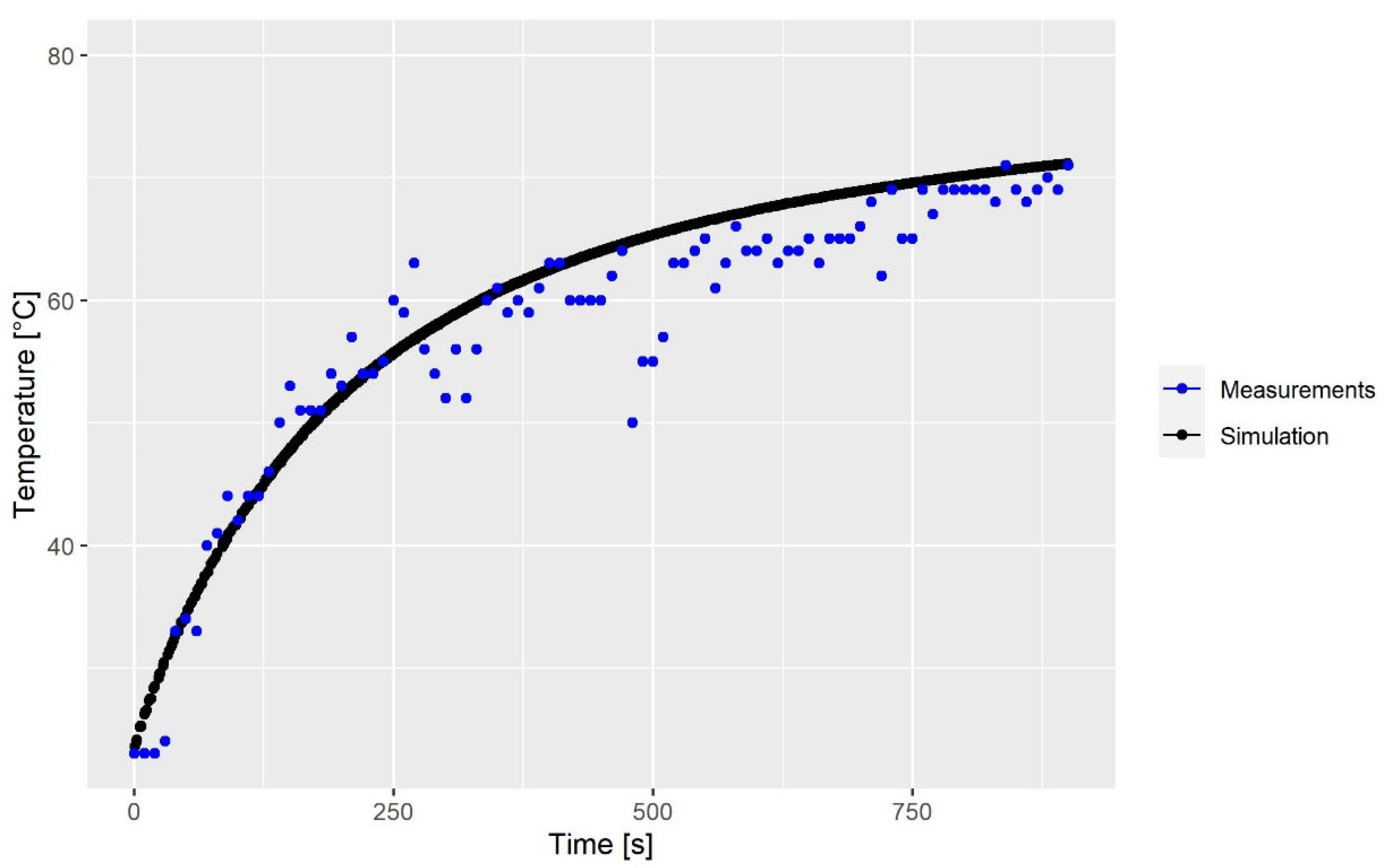
Figure 4. Experimental and simulation results of the surface temperature of the fluid as a function of time. The absolute mean error between the simulation and measurement is 1.72 °C.
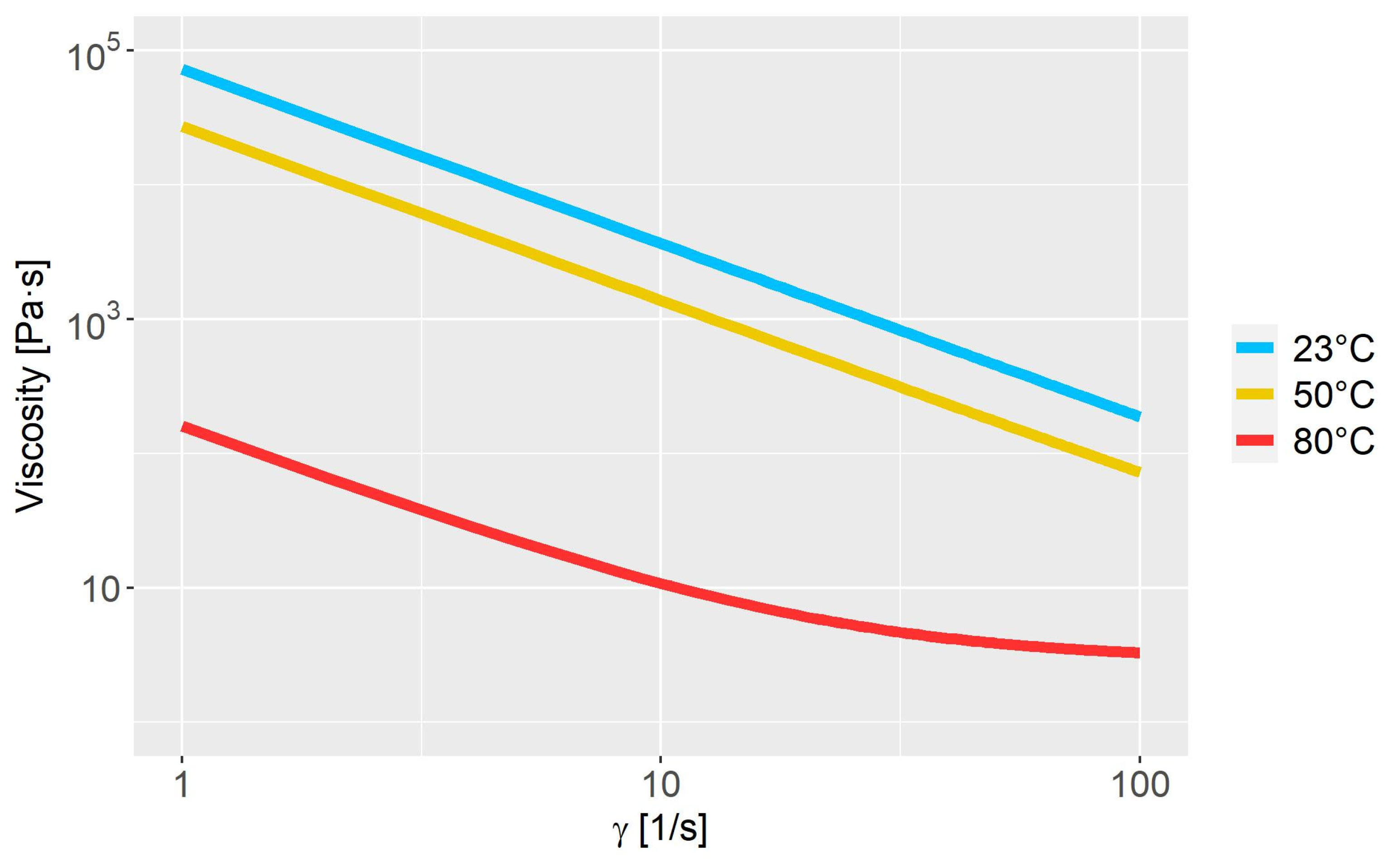
Figure 5. Viscosity curve as a function of the shear rate at different temperatures.
3.2. Temperature Distribution
The temperature distribution is close to uniform when mixed under adiabatic boundary conditions, but this is not the case when applying the non-adiabatic boundary condition, as seen in Figure 6, which illustrates the temperature profile for NA50 at t=15 s. The profile shows that the temperature is highest near the heated walls. The temperature decrease along the x-axis is due to the fluid not being exposed to the fixed wall temperature. The average temperature increases with time due to the viscous heating and heated walls.
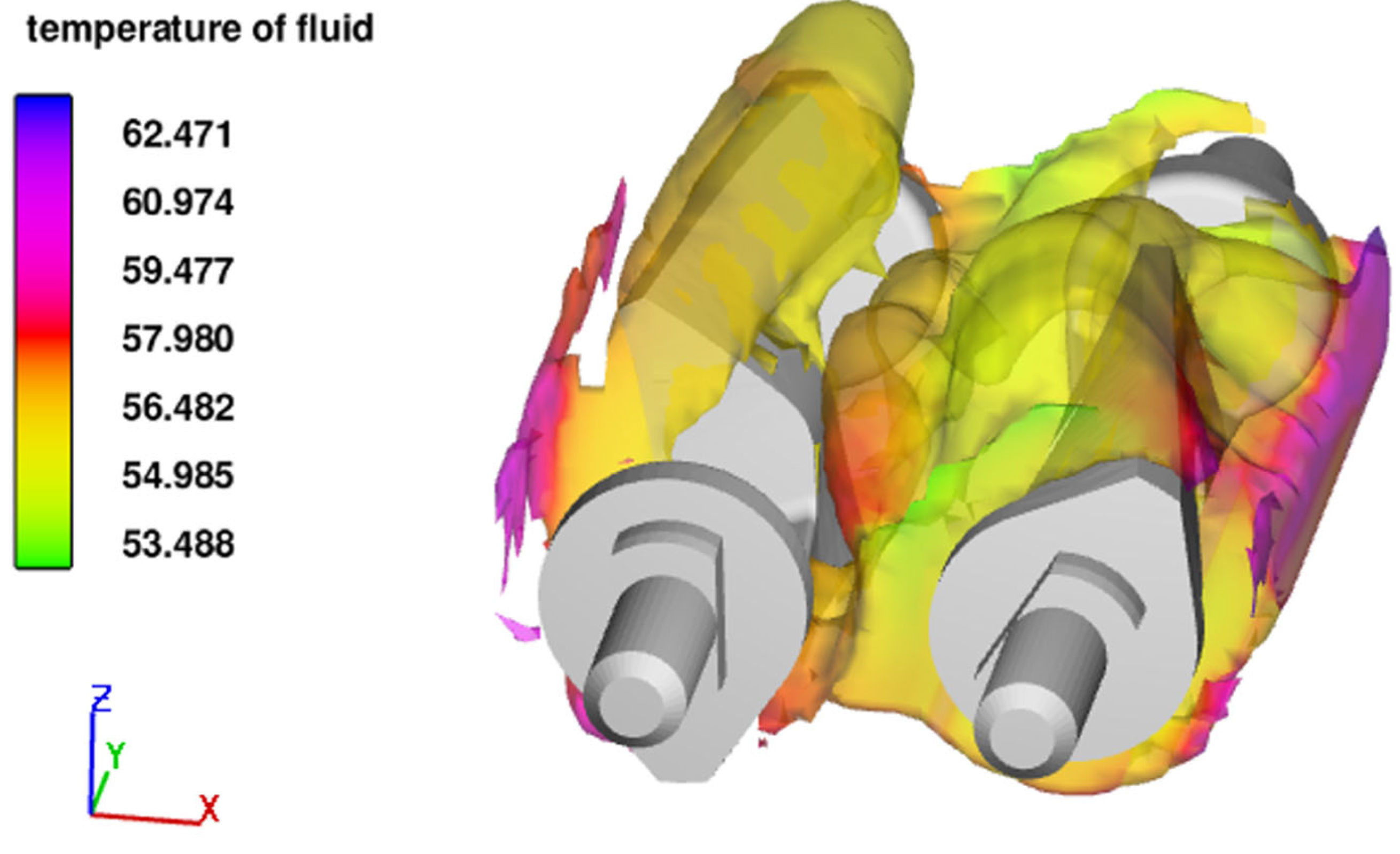
Figure 6. Temperature profile for NA50 at t=15 s.
The average temperature of the fluid as a function of time is illustrated in Figure 7 for all simulations except CA23. The simulations with applied wall temperature increase faster in terms of temperature as compared to their counterpart with adiabatic boundary conditions, except for NA80, where the walls effectively cool the suspension. A23 and A50 do not have enough time to reach 80 °C, while A80 reaches a temperature slightly higher than 80 °C.
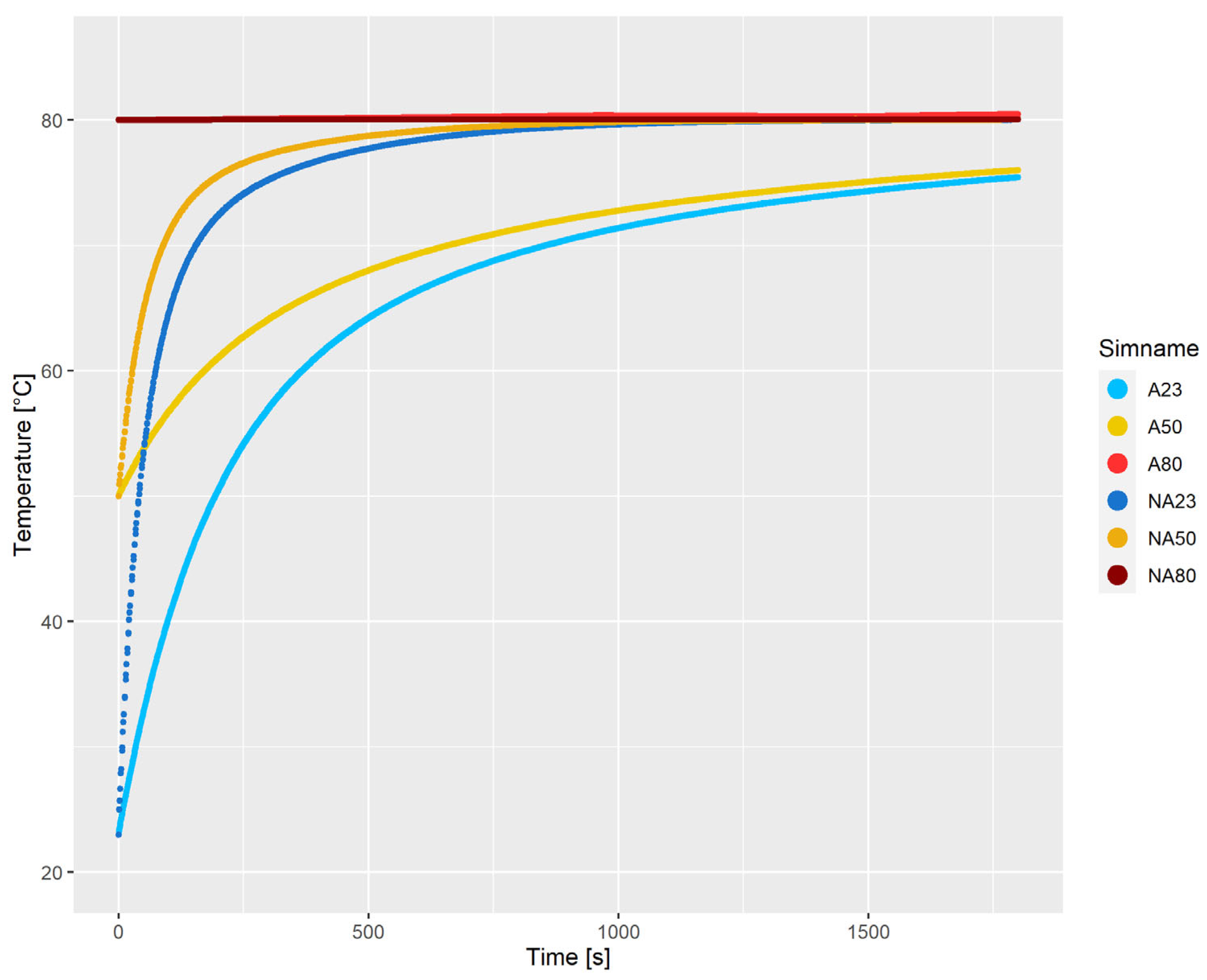
Figure 7. Average temperature of the fluid as a function of time.
3.3. Velocity Field
The velocity field gives a good indication of how the flow pattern is inside of the mixer. In Figure 8, the velocity field for A80 is presented at different times. As expected, the sigma blade at the lowest x-value is the one with the highest velocity, while the second sigma blade spins slower to ensure mixing in the whole system. Noticeably, some of the fluid sticks to the wall, which is due to the viscoplastic effect of the fluid and the no-slip condition on the walls.

Figure 8. Velocity profile for an initial temperature of 80 °C with adiabatic boundary conditions at different time values. The velocity values are in m/s.
3.4. Dispersive Mixing
In Figure 9, the histogram results of λmz at t=1800 s are shown for all simulations except CA23. The results are fairly similar for all simulations, which indicates that preheating and heating during the process do not have a big influence on the mixing quality after 30 min. The dispersive mixing index is primarily between 0 and 0.5, which is similar to the findings of Ahmed and Chandy, who simulated a two-wing rotors mixer. However, the λmz values are lower than the predictions by Connelly and Kokini, who studied a fully filled sigma blade mixer, which indicates that a partially filled mixer seems to have a decreasing effect on how well dispersed the particles will be in the suspension. Note that the presence of λmz values between 0 and 0.1 is mainly due to the viscoplastic effect that makes the suspension more prone to have zones with a shear rate of zero and therefore limited mixing.
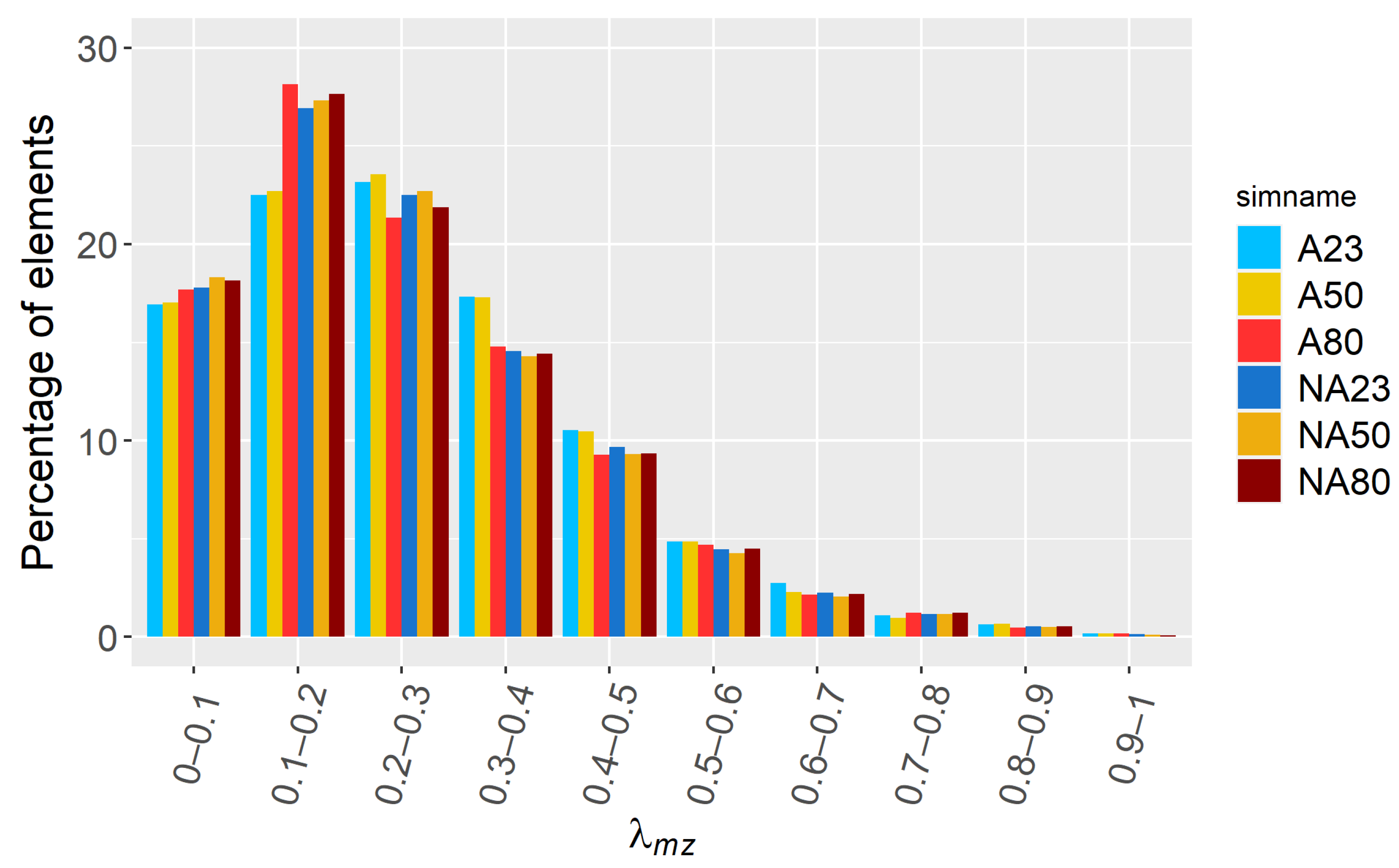
Figure 9. Histogram of the λmz at t=1800 s.
Figure 10 shows the mean value,  , illustrated at different times. It is seen that the mean value fluctuates by ~10%. The fluctuations are most likely due to the free surface of the mixture (i.e., the mixer is partially filled).
, illustrated at different times. It is seen that the mean value fluctuates by ~10%. The fluctuations are most likely due to the free surface of the mixture (i.e., the mixer is partially filled).
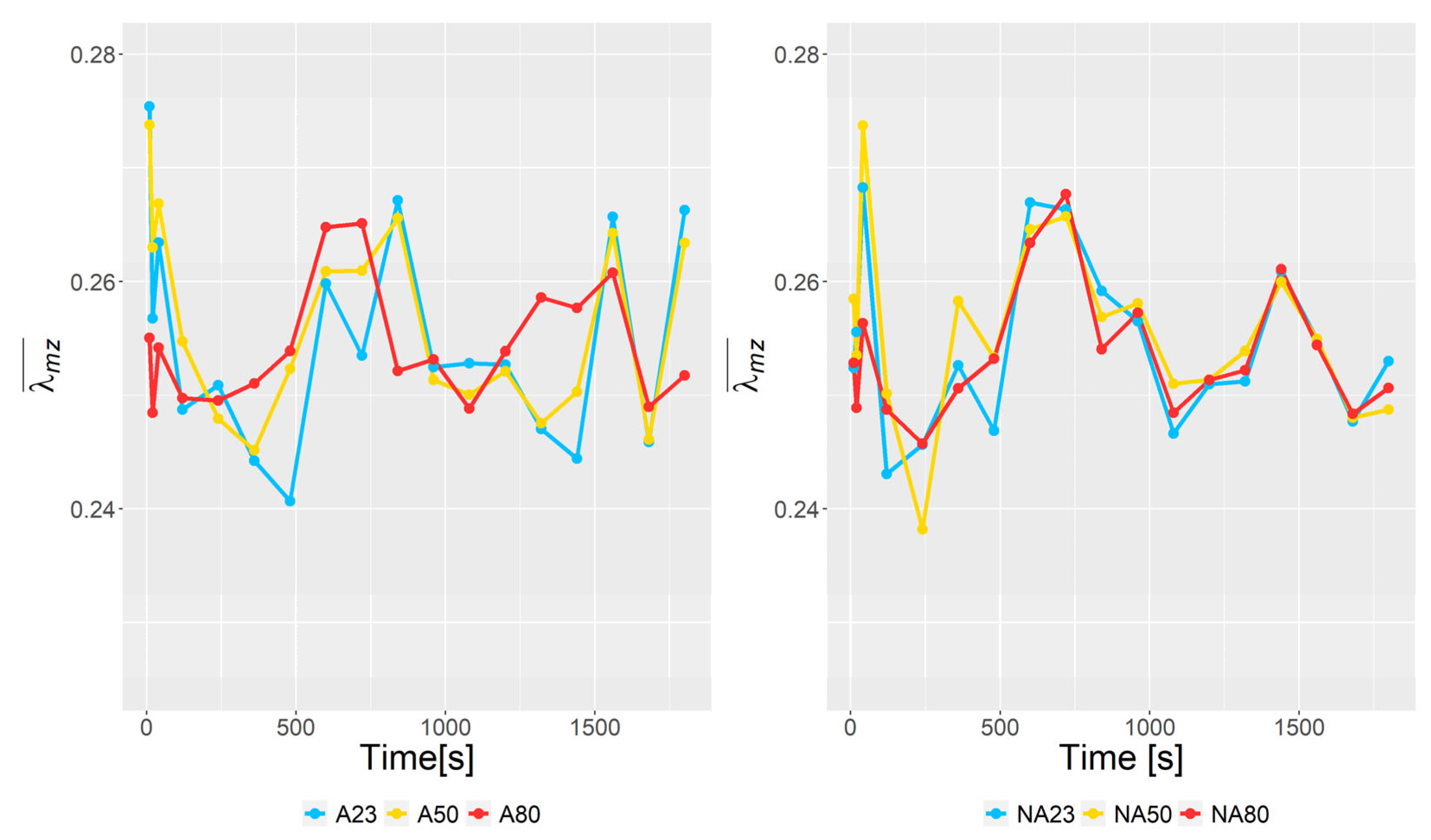
Figure 10. The mean value of λmz for different time step values.
3.5. Distributive Mixing
In Figure 11, the Kramer mixing index is illustrated at different time values for all simulations except CA23. The results show that all simulations obtain a high MKramer value (i.e., close to 1) after 2 min, which indicates that the particles in the suspension end up being well distributed. A80 and NA80 reach a high MKramer value the fastest (due to the lower viscosity at high temperatures), but this is marginally faster than the rest, thereby highlighting that energy potentially can be saved by not preheating the mixture without compromising the mixing of the suspension. Similarly, the results show that no substantial gain will be obtained regarding the mixing time by applying heat during the process. One should keep in mind that at a fixed mixing velocity, the Sigma blades require more energy at low temperatures due to the higher viscosity of the material. In addition, the Sigma blades will be exposed to larger forces at high viscosities, which can affect the blades' lifespan.
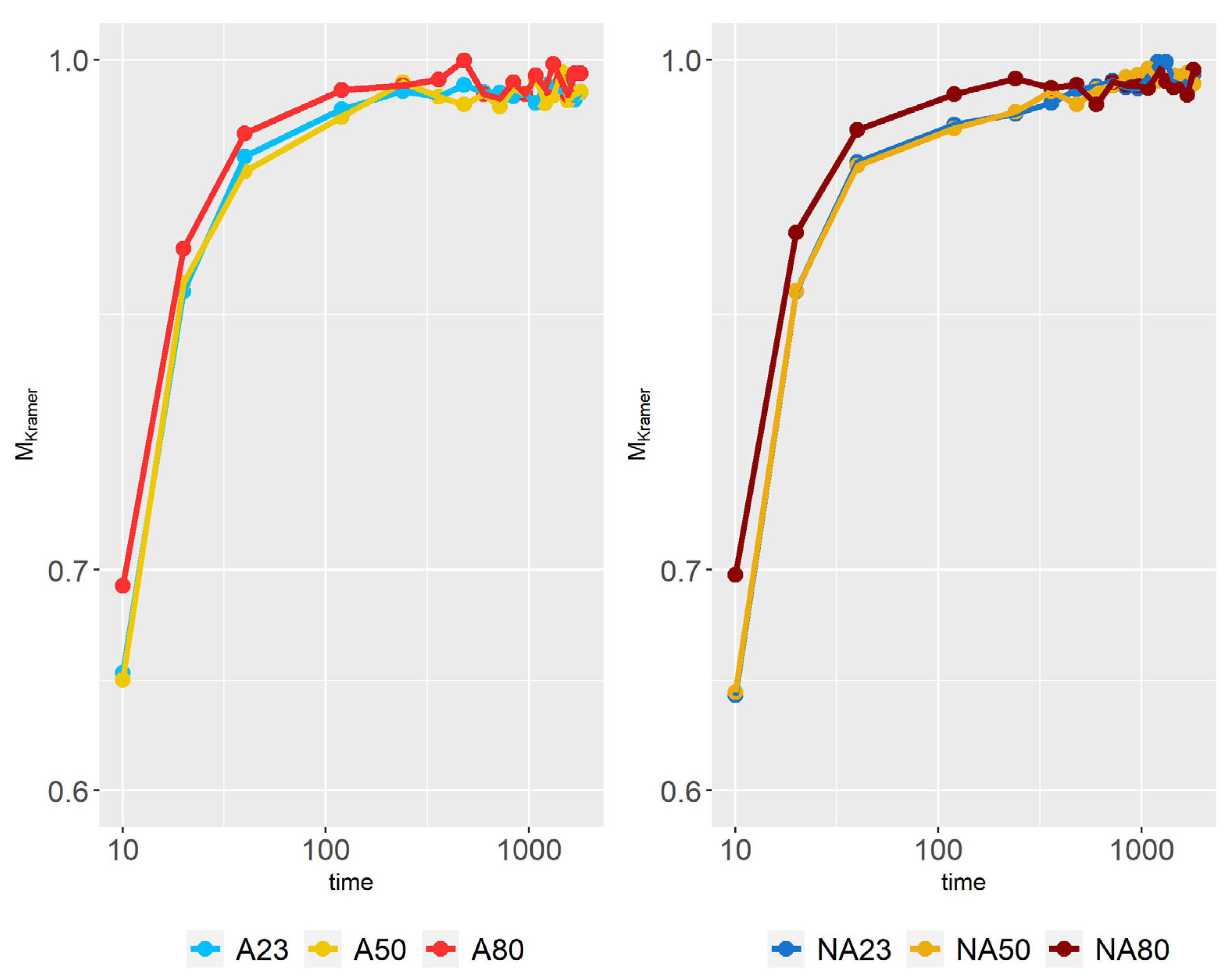
Figure 11. Kramer mixing index at different time values.
4. Conclusions
This work presents a non-isothermal, non-Newtonian CFD model that simulates a partially filled Sigma blade mixer by taking into account viscous heating and the free surface of the suspension. The model is calibrated against physical temperature measurements, and good agreement between the experimental and numerical results is obtained. The results also highlight the importance of accounting for viscous heating when modeling the mixing of the suspension at hand. A numerical parameter study (i.e., varying wall temperature and pre-heating) was made in order to improve the understanding of the mixing conditions. The results of the model showed that the dispersive mixing index,  , was primarily between 0 and 0.5, and it was not affected much by changing the wall and pre-heating temperature. Fluctuations of approximately 10% were found in the dispersive mixing index for most simulations, which was associated with the partially filled mixer (i.e., free surface of the suspension). This can be seen as a limitation of the mixing index. The model predicted via the Kramer mixing index that the suspension in all simulations would be well distributed after 1800 s. In addition, the results illustrated that pre-heating as well as heating during the process did not provide a substantial gain when it came to how fast a high Kramer index would be obtained. This illustrated that one could potentially save energy and time by eliminating the heating. This was a very interesting finding, as, intuitively, one could have expected that heating would lead to lower viscosity and therefore substantially faster mixing. In future work, focus will be put on extending the model to account for the effect of powder concentration variations on the viscosity and thermal conductivity, as this can especially affect the initial phase of the mixing.
, was primarily between 0 and 0.5, and it was not affected much by changing the wall and pre-heating temperature. Fluctuations of approximately 10% were found in the dispersive mixing index for most simulations, which was associated with the partially filled mixer (i.e., free surface of the suspension). This can be seen as a limitation of the mixing index. The model predicted via the Kramer mixing index that the suspension in all simulations would be well distributed after 1800 s. In addition, the results illustrated that pre-heating as well as heating during the process did not provide a substantial gain when it came to how fast a high Kramer index would be obtained. This illustrated that one could potentially save energy and time by eliminating the heating. This was a very interesting finding, as, intuitively, one could have expected that heating would lead to lower viscosity and therefore substantially faster mixing. In future work, focus will be put on extending the model to account for the effect of powder concentration variations on the viscosity and thermal conductivity, as this can especially affect the initial phase of the mixing.
Larsen, M. R., Ottsen, T., Holmen Olofsson, E. T., & Spangenberg, J. Numerical Modeling of the Mixing of Highly Viscous Polymer Suspensions in Partially Filled Sigma Blade Mixers. Polymers, 15(8), 1938. https://doi.org/10.3390/polym15081938




